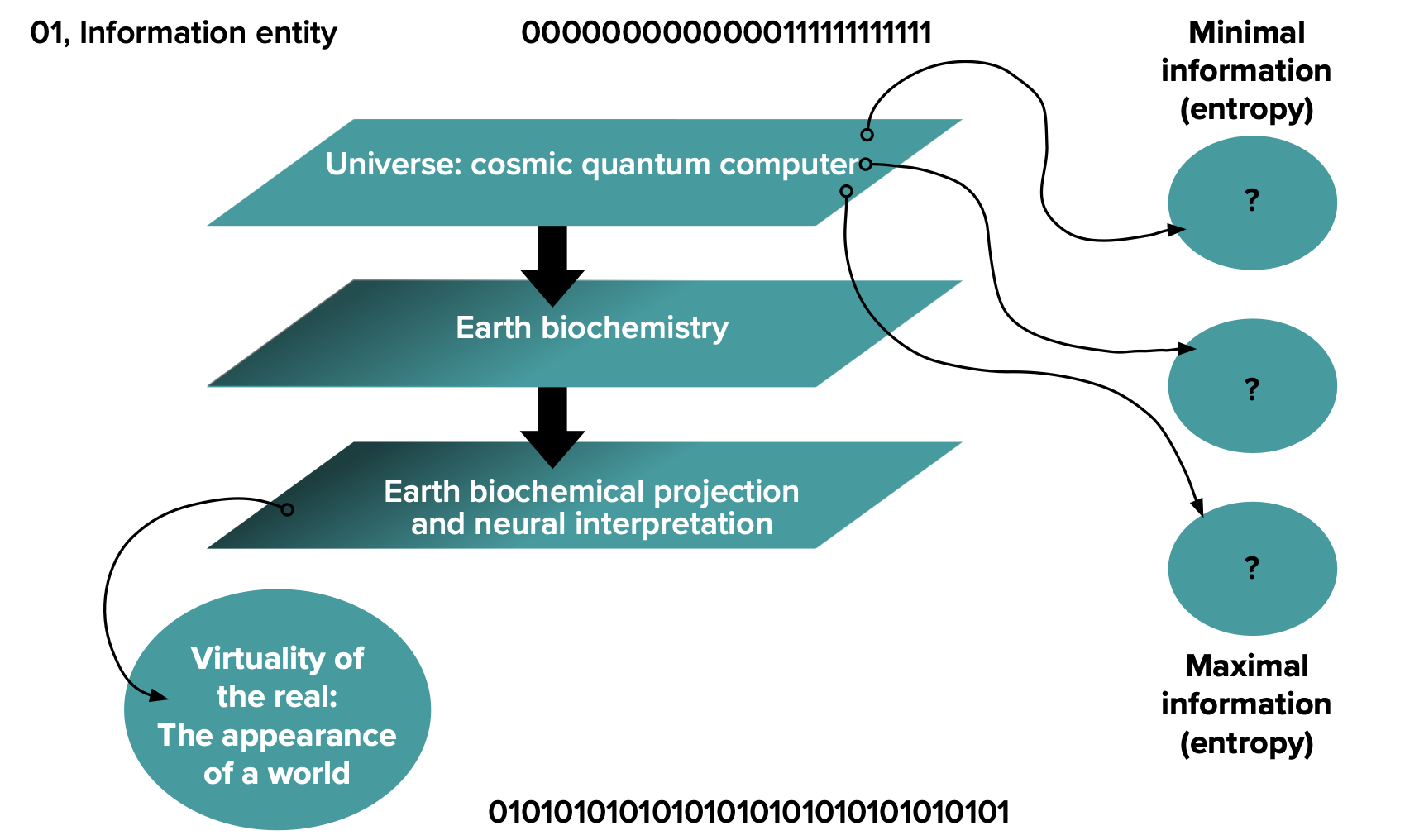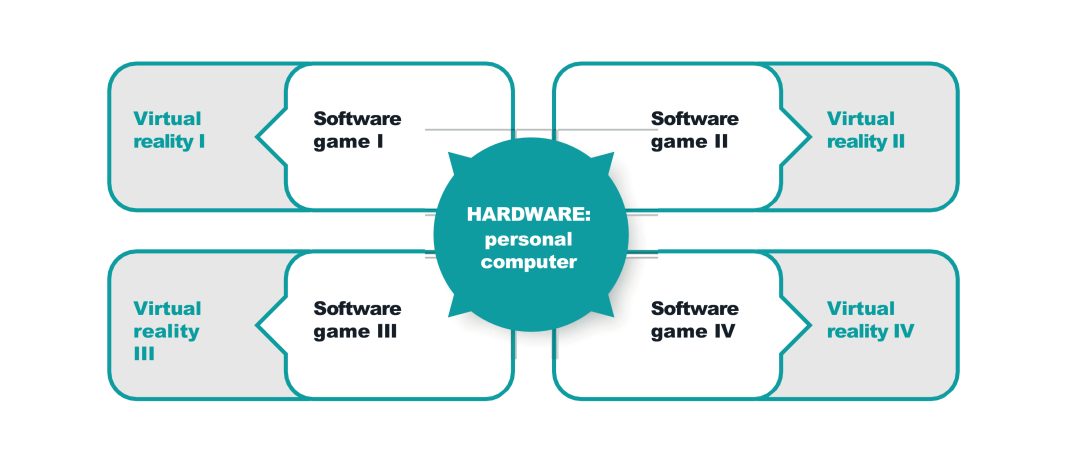Dr Peter Verheyen from the Sola Society and Academy at Vienna University examines whether quantum mechanics and information serve as the fundamental descriptions of reality
Anton Zeilinger, Alain Aspect, and John F. Clauser were awarded the 2022 Nobel Prize in Physics for their contributions to Quantum Mechanics, establishing QM as the foundation of reality. ‘Einstein was wrong, God plays dice, Quantum Mechanics rules.’
According to Anton Zeilinger, the only true/correct description of reality is quantum mechanics and information. ‘The strangeness of quantum mechanics, in fact, throws a veil over a deeper – so far, hidden – reality. Einstein’s local-realistic Universe is pushed back to a small and lonely nook of the Universe. In the rest of that Universe, there is almost no doubt that quantum mechanics, or something based on it, represents the correct description of nature.’
John Archibald Wheeler mentioned the ‘Information-theoretic interpretation of quantum physics: The wave function is information, rather than being a physical object.’ Derived from this: ‘Information-theoretic interpretation of consciousness and the appearance of a world.’ How can we possibly know what is out there when we are locked up in complete darkness in a small box?
A new physics theory of life
The entropy of a system represents its microscopic complexity. Entropy indicates the likelihood of a certain condition, and the Universe pushes towards ever more probable outcomes. However, the number of ways to create life as we know it is extremely small; everything must fit together perfectly, which demonstrates a state of low entropy.

The average human body consists of approximately 37 trillion cells. Each day, roughly three billion cells are renewed, which means that every second, about 35,000 new cells are created in your body, representing only 1/12,000th of your total cell count. Simultaneously, billions of other biochemical actions and interactions take place within those cells. Microscopically, we are a massive volcano of activity, yet macroscopically, we present as a consistent whole. Life manages to maintain this process with remarkable energy efficiency. Furthermore, the brain has only 1/50th of the mass of the body but consumes 20% of its energy. Interestingly, this corresponds to the energy usage of a 20-watt light bulb, indicating that the brain operates about six million times more efficiently than a typical computer. An axon fires only when it reaches a certain critical potential. Every single dendrite of a neuron can perform complex computations and information processing that would require a neural network of at least two layers of many artificial spiking neurons to replicate. The latest Israeli research demonstrates that a single neuron’s computation capabilities and information processing necessitate at least five to eight of those layers.
Before the human genome was mapped, it was expected that there would be several hundred thousand genes. The actual outcome was only 40,000, which has recently been further reduced to 20,000. With this limited number, the complexity of brain activity cannot be adequately explained. The latest theory, known as infotropy, examines information and entropy in this context. Just as plants seek sunlight and bacteria seek sugar, the brain seeks information. It relies on its environment to shape itself; development can only occur through a constant supply of information. Neural circuits require interaction with the outside world, which enables them to develop properly. ‘Livewire, the ever-changing and adapting neural circuits in the brain’, David Eagleman. Out of this, a child only develops self-awareness from an average age of three years, when they start to say, “That’s mine.”
Do we see reality as it is?
To evolutionary biologists, there is no plan or meaning behind evolution. The number of copy errors during DNA replication is small, about one in 100,000. Most of these copy errors are automatically repaired by the cell, but not all. This can lead to permanent mutations. Generally, they have no effect. Sometimes, they are disadvantageous. Rarely do these mutations offer evolutionary advantages. Thanks to billions of years of ‘beneficial errors’, DNA has succeeded in creating the vast diversity of life on Earth up until Homo sapiens, whose intelligence and complex consciousness have shaped our reality.
We are matter that has organised itself in such a way that it can measure and observe, as well as record, process, and store the information of which it consists and from which it originates – and above all, interpret it as vital concepts that have nothing to do with their underlying reality. This is similar to virtual reality, where a complete 3D world arises in a simulation, and objects seem to possess real existence. Yet the reality behind it – electrical circuits and software – looks nothing like the reality it creates.
Everything seems to be made up of information – of microscopic quantum information – from which a biochemical projector distils a reality where macroscopic objects and phenomena are perceived as having real existence, even though they do not exist on a microscopic level. Unravelling the physical nature of information, its mathematical underpinnings, and its connections to neuroscience and the brain will pose a significant challenge in the future.
Anton Zeilinger: ‘The distinction between reality and our knowledge of reality, between reality and information, cannot be made.’


